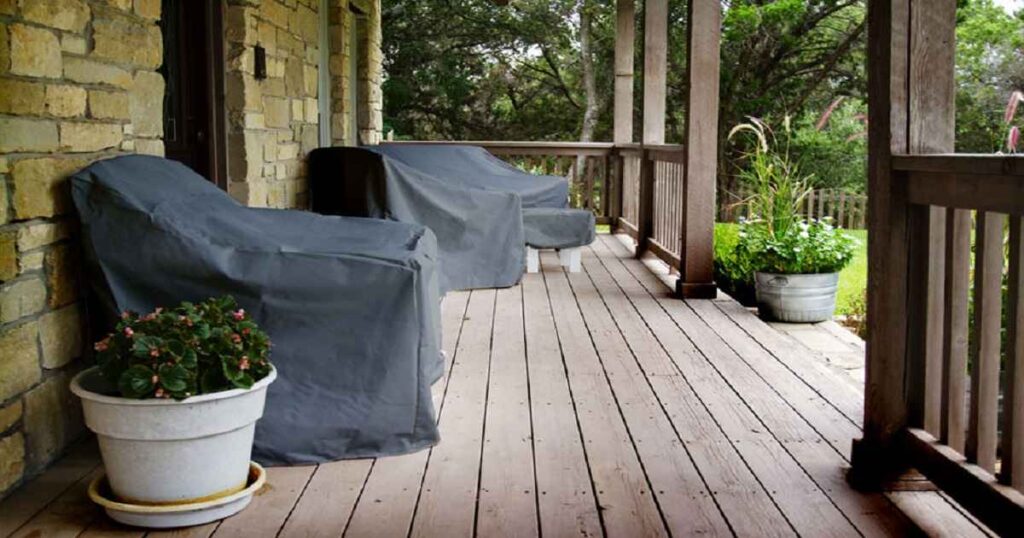How To Store Outdoor Furniture Covers
Effective Storage Solutions for Outdoor Furniture Covers: Your Ultimate Guide
Protecting your outdoor furniture with covers is a smart move to extend their life and keep them looking great. However, when it’s time to enjoy the sunshine and fresh air, you’re left with the task of storing those bulky covers. How you store them can make a significant difference in their longevity and effectiveness. This comprehensive guide will cover everything you need to know about storing your outdoor furniture covers efficiently, ensuring they’re in perfect condition for when you need them again.
The Importance of Storing Outdoor Furniture Covers Properly
Outdoor furniture covers are designed to shield your furniture from the damaging effects of weather, including sun damage, rain, and snow. But when these covers are not in use, they too need protection – but this time, from mold, mildew, and even rodents or bugs that might find them a cozy home. Proper storage extends the life of these covers, keeping them ready to protect your furniture season after season.
Pre-Storage Cleaning: A Crucial Step
1. Initial Cleaning
Before stowing away your furniture covers, it’s essential to clean them. Start by shaking off any loose dirt and debris. For more stubborn grime, use a soft brush to gently scrub it away.
2. Washing
Always refer to the manufacturer’s instructions for cleaning. Some covers are suitable for machine washing, while others might require hand washing. Use a gentle detergent and avoid using harsh chemicals like bleach, which can degrade protective coatings.
3. Drying
Drying your covers completely is non-negotiable. Moisture is the enemy of storage, leading to mold and mildew. Air dry the covers thoroughly, preferably in a sunny, well-ventilated area.
Selecting the Perfect Storage Spot
In a Climate-Controlled Setting
A climate-controlled environment is ideal for storing your covers. Such places include indoor closets, garages, or basements. These locations should be dry and free from extreme temperature changes.
Shielded from Direct Sunlight
UV rays can be as harmful to stored covers as they are to exposed furniture. Choose a storage area that is dark or has minimal light exposure to prevent fading and material degradation.
Folding and Storing Your Covers
Folding Techniques
Folding your covers properly can save space and prevent damage. Aim for a balance between tightly folded to save space and loosely folded to avoid stress on the fabric. Smooth out air pockets and fold the covers into a size that fits your storage container or space.
Storage Containers
Utilize plastic storage bins with secure lids to protect the covers from dust, pests, and accidental water damage. Ensure the containers are dry before use, and consider adding silica gel packets to combat any unnoticed moisture.
Maintenance During Off-Season
Periodic Inspections
Even while in storage, it’s wise to periodically inspect your covers. Look for signs of moisture, insects, or rodents. Early detection of these issues can save your covers from irreversible damage.
Preparing Covers for Reuse
Before reapplying your covers, give them a light cleaning to remove any dust or mustiness that may have developed during storage. This ensures they’re fresh and ready for another season of protection.
Additional Tips for Optimal Storage
Labeling
If you have multiple covers, label them or their containers. This makes it easy to find the right cover when you need it, especially if they’re similar in size or shape.
Repairs Before Storage
Inspect each cover for tears or damage before storing. Repairing these issues beforehand means your covers will be ready to go when the season changes, saving you time and hassle later.
Maximizing Space
When space is at a premium, consider vacuum-sealed bags for fabric covers. These can significantly reduce the amount of storage space needed and provide an additional barrier against moisture and pests.
The Benefits of Proper Storage
Investing the time to store your outdoor furniture covers correctly pays off in numerous ways. Not only does it extend the life of the covers themselves, saving you money in the long run, but it also ensures that your outdoor furniture remains protected year after year. Proper storage prevents the growth of mold and mildew, keeps out pests, and maintains the integrity of the material, ensuring that your furniture covers continue to perform their protective role effectively.
Conclusion: A Stitch in Time Saves Nine
The adage “a stitch in time saves nine” holds particularly true when it comes to storing outdoor furniture covers. By dedicating a little time and effort to properly clean, dry, fold, and store your covers, you prevent a myriad of problems that could shorten their lifespan or diminish their effectiveness. This guide has walked you through each step of the process, from pre-storage cleaning to choosing the right storage spot, and even how to maintain your covers during the off-season.
As we wrap up, remember that the key to successful storage is consistency and care. By following these guidelines, you ensure that your outdoor furniture covers remain in prime condition, ready to protect your furniture from whatever the elements throw their way. So when the seasons change and it’s time to enjoy your outdoor space once again, you can do so with the peace of mind that comes from knowing your furniture and its covers are well cared for.
Properly storing your outdoor furniture covers is not just about tidiness; it’s an investment in the longevity of your outdoor living space. With the right approach, you can avoid the frustration of damaged, moldy, or ineffective covers and instead enjoy a pristine, welcoming outdoor environment year after year.









